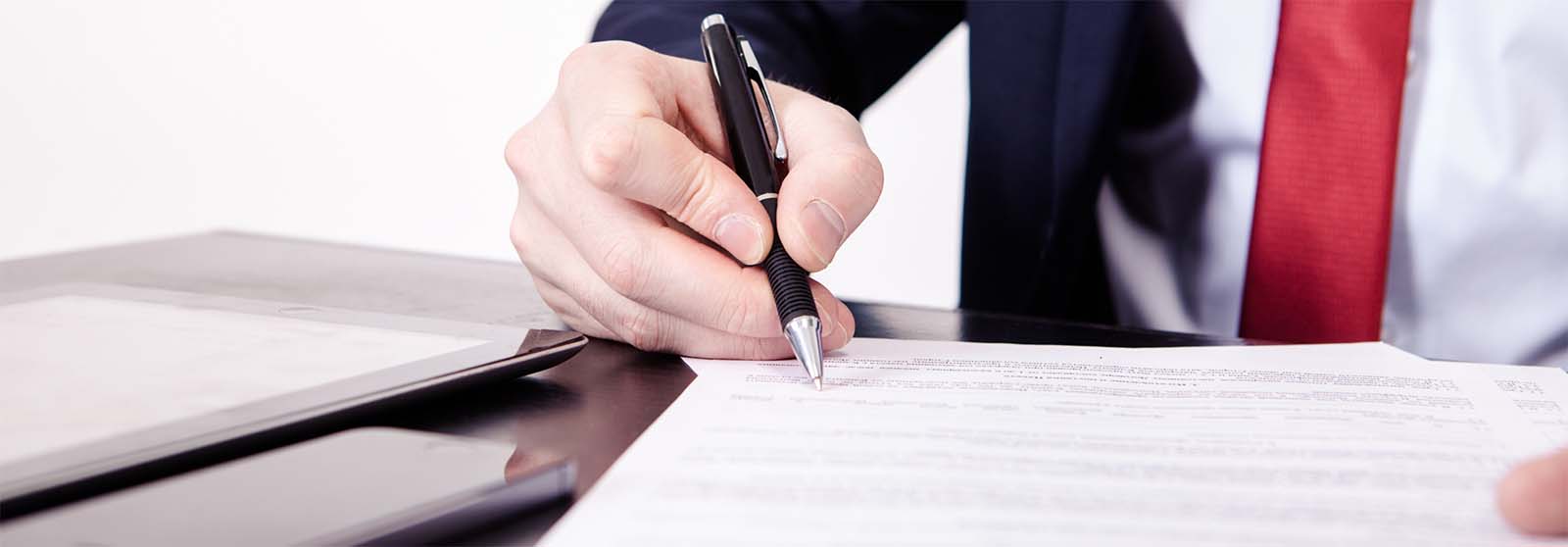A Debt Relief Order (DRO) is often described as a “mini bankruptcy” due to a number of similarities. In simple terms, this is a debt management tool which is specifically designed for those with relatively low debt and also little in the way of assets/disposable income. So, rather than going through the relatively expensive process of bankruptcy, a DRO may be a better option.
We will now take a look at some of the pros and cons of a Debt Relief Order so that you know what to expect.
What is the protection from creditors vs Restrictions on debtors?

As with any debt management arrangement, there are a number of protections but there are also a number of restrictions which need to be adhered to:
Protections
A traditional debt relief order will last 12 months but this is not set in stone. During this period your creditors (those included in your DRO) are not able to take action against you to retrieve funds owed or harass you. They can call you to advise you of how would much you owe them but that they are not allowed to demand payment, by order of the Insolvency Service. If your financial situation has not improved after 12 months then the debts included will be written off.
Restrictions
In the unlikely event that you are able to secure finance over £500 you are obliged to advise the lender that you have a DRO in place. It is also illegal to carry on a business under a different name without revealing that you have been subjected to a DRO. The Insolvency Service must also authorise the setting up of a limited company or any company directorships entered into. These restrictions offer a degree of protection for third parties undertaking business/finance arrangements with a DRO participant.
Credit rating
As soon as a DRO is agreed this will appear on your credit file. Even though a DRO will traditionally last 12 months the reference will remain on your credit file for six years. During that period it will likely be difficult to secure significant finance and even relatively small amounts could attract enhanced interest rates. It is also very important to maintain debt repayments outside of your DRO so that you avoid any additional action by non-DRO creditors.
Debt relief restriction undertaking
It is worth noting that if the Insolvency Service, who will oversee your DRO, believe you have been dishonest with regards to your income, assets or debts, they can apply for a debt relief restriction undertaking. This will extend the restrictions above for up to 15 years and have an extended impact on your credit rating.
What Are The Pros of a Debt Relief Order?

We will now take a look at the pros of a debt relief order and the impact on your financial circumstances going forward. Some of the positive aspects to take into consideration include:
Relatively inexpensive
The cost of a debt relief order is relatively inexpensive at £90 which is but a fraction of the cost of a bankruptcy application.
Debt interest and charges frozen
For the duration of a DRO the interest and charges on debts within the arrangement will be frozen. This will not cover debts outside of the DRO which will need to be addressed separately.
Typical duration is 12 months
After the DRO has ended, typically 12 months, all of the debts within the DRO will be written off with legal action no longer an option for creditors.
No more demands for payment
Creditors included in your DRO will no longer have the option of legal action to retrieve outstanding monies once the arrangement has been agreed.
No court appearances
The process surrounding a DRO is relatively quick relatively simple and does not involve any court appearances.
What Are The Cons of a Debt Relief Order?

As with any debt management arrangement, there are always positives and negatives to take into account when considering your options. Some of the cons regarding DROs include:
Impact on your credit rating
As you might expect, any form of debt management plan will be noted on your credit file and have an impact on your credit rating, remaining on file for a minimum of six years.
Only available for debts less than £20,000
A debt relief order is only available for those with DRO eligible cumulative debts of less than £20,000.
DROs are not available to homeowners
Homeowners are not eligible to apply for a DRO and would need to seek alternative arrangements to manage their debt issues.
Disposable income of less than £50 per month
After finance/living expenses, those applying for a DRO must be able to show they have disposable income of less than £50 a month.
Only available in England, Wales and Northern Ireland
Debt relief orders are only available in England, Wales and Northern Ireland with Scotland offering an array of different debt management options.
Not all debts can be considered
Unfortunately, not all types of debt can be considered for a DRO (which we covered above). It is still possible to take out a DRO with eligible debts and retain other debt outside of the plan. It is worth noting that some debts excluded from a DRO would still count towards the maximum total of £20,000.
Credit rating
While many DROs will last 12 months, after which time the debts within the plan will be written off, they will remain on your credit file will six years. As a consequence, it will likely be extremely difficult to secure additional finance during this period.
Maintaining additional debt payments
As we touched on above, some types of debt are not eligible for a DRO and therefore payments will need to be maintained outside of the plan.
Improvement in finances/windfall
In the event that an individual’s finances have recovered, or they received a financial windfall during the 12 month term of the DRO, the Insolvency Service may request additional payments or seek an alternative debt management option.
Final Words
Debt relief orders were created specifically for those with limited income, negligible assets and DRO eligible debts under £20,000. As we detailed above, there are various pros and cons to this type of debt management arrangement which will need to be adhered to. Failure to do so could bring your DRO to a premature conclusion or even resulting in a debt relief restriction undertaking.

